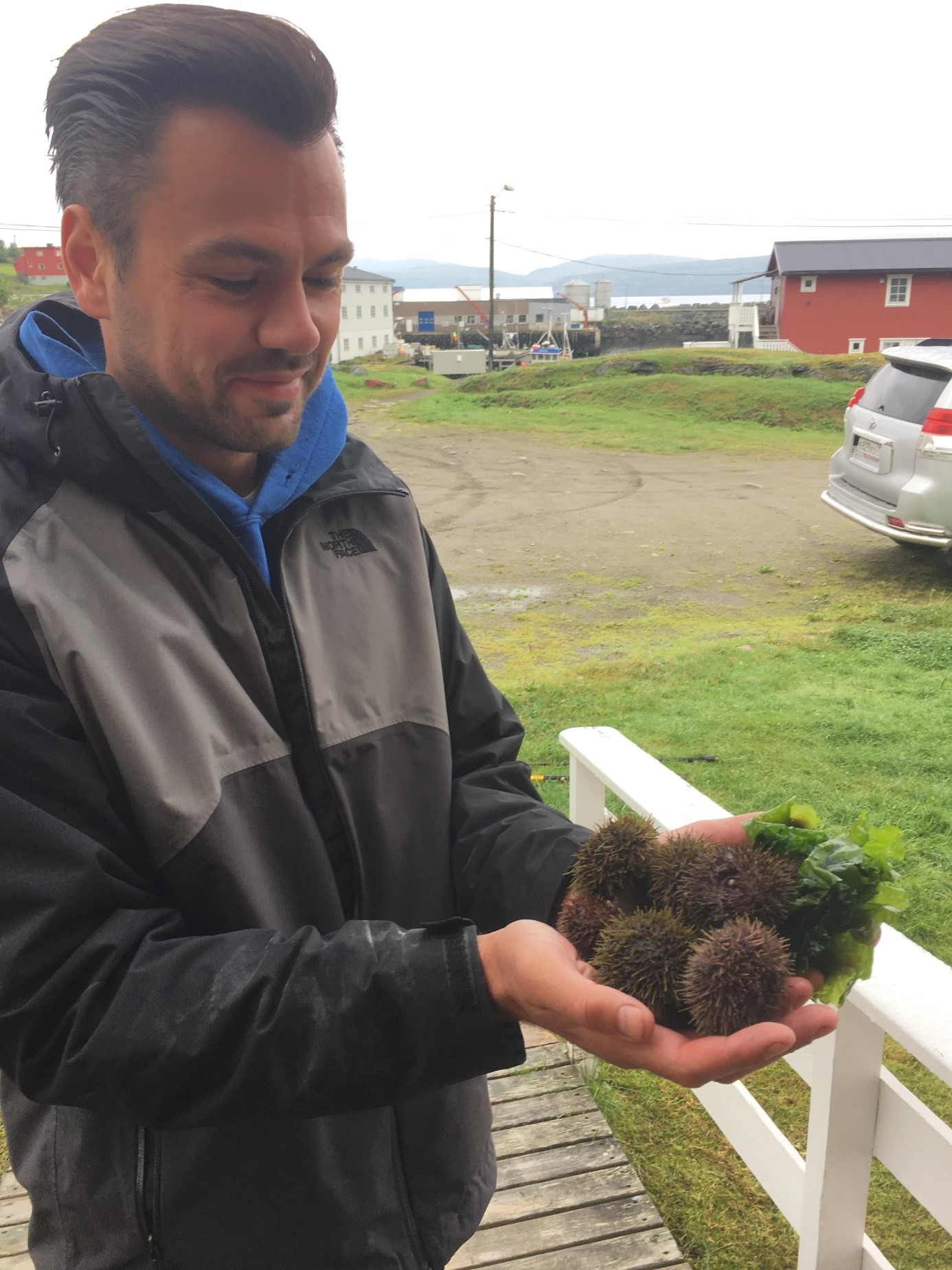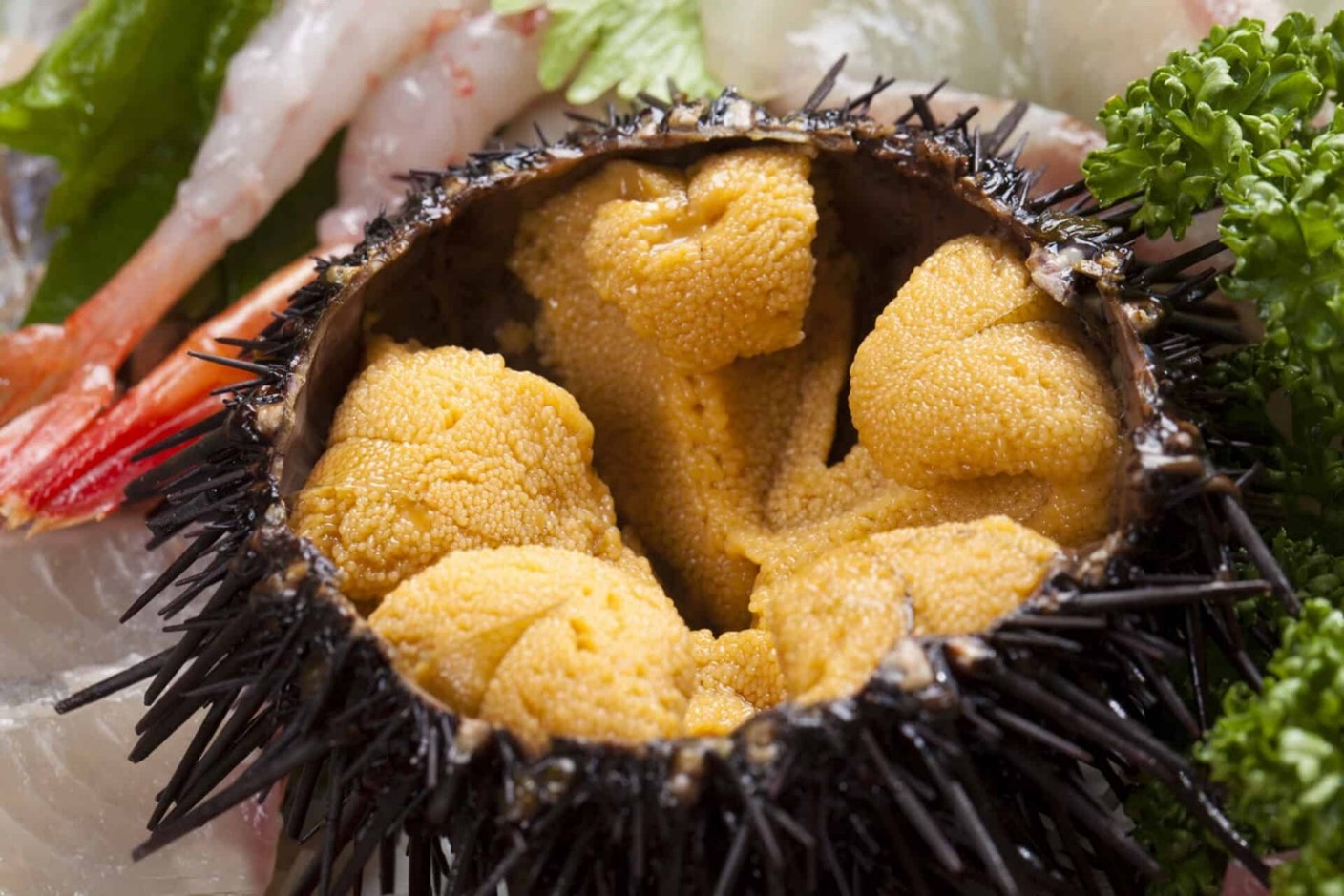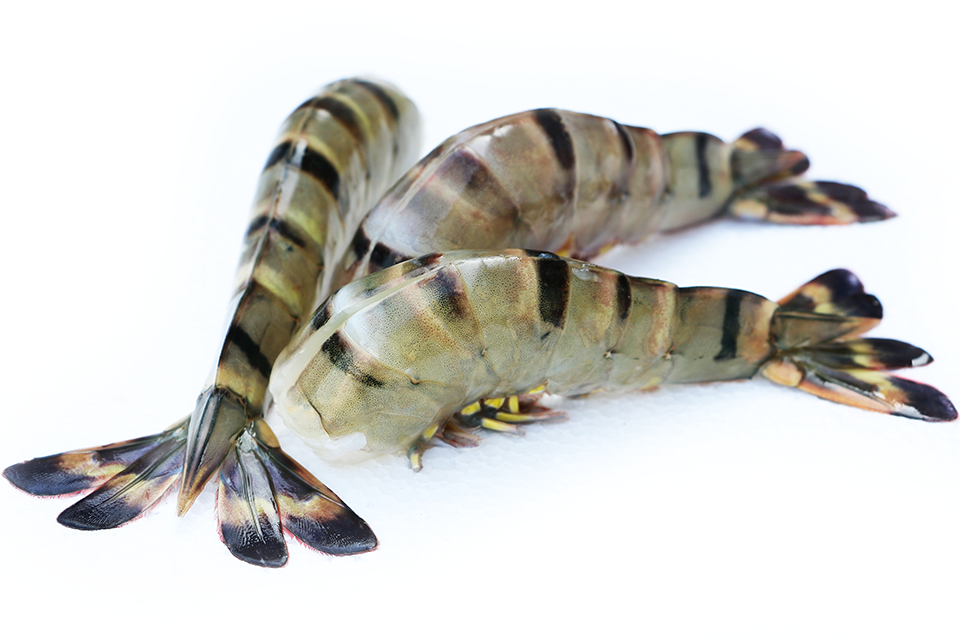
|
|
 |
|||
| Home About me Case studies Services Contact |
Case studiesHere are some notable projects I've worked on: 1. High-Intensity Yellowtail Kingfish RAS Farm:  After graduating from Wageningen University, I had the unique opportunity to gain real commercial, hands-on experience at the world’s first high-intensity Yellowtail Kingfish RAS (Recirculating Aquaculture System) farm. When I arrived, the project was still partially under construction, but the first batch of fingerlings had already been introduced to the nursery.
Over the next three years, I not only developed my management skills but also gained extensive knowledge about systems, nutrition, and fish biology and physiology. These intense years provided the backbone I needed to further my skills. The most important lessons I learned during this period were that practical experience often differs from theoretical knowledge, that people are the key to success, and that you only have one shot to build a project the right way.
This pioneering project has now been successfully continued by The Kingfish Company. After graduating from Wageningen University, I had the unique opportunity to gain real commercial, hands-on experience at the world’s first high-intensity Yellowtail Kingfish RAS (Recirculating Aquaculture System) farm. When I arrived, the project was still partially under construction, but the first batch of fingerlings had already been introduced to the nursery.
Over the next three years, I not only developed my management skills but also gained extensive knowledge about systems, nutrition, and fish biology and physiology. These intense years provided the backbone I needed to further my skills. The most important lessons I learned during this period were that practical experience often differs from theoretical knowledge, that people are the key to success, and that you only have one shot to build a project the right way.
This pioneering project has now been successfully continued by The Kingfish Company.2. Algae Food and Fuel:  After my experience with commercial aquaculture, I ventured into the world of micro and macro algae. Algae hold immense potential in the mission to feed the world, serving as both direct and indirect feed sources. Additionally, they offer the opportunity to valorize otherwise discarded nutrients, producing valuable ingredients that can be used in a wide range of products, from animal feed to paint additives. Closing nutrient cycles was a significant aspect of this business, presenting challenging problems but also yielding innovative solutions.
As a project leader, I designed and tested both closed and open photobioreactors for producing astaxanthin and various algae species commonly used in aquaculture hatcheries. These projects encompassed the entire project lifecycle, from initial design to final testing and implementation. One of the main challenges was generating enough value in the final products to cover the costs of all the processing steps involved. After my experience with commercial aquaculture, I ventured into the world of micro and macro algae. Algae hold immense potential in the mission to feed the world, serving as both direct and indirect feed sources. Additionally, they offer the opportunity to valorize otherwise discarded nutrients, producing valuable ingredients that can be used in a wide range of products, from animal feed to paint additives. Closing nutrient cycles was a significant aspect of this business, presenting challenging problems but also yielding innovative solutions.
As a project leader, I designed and tested both closed and open photobioreactors for producing astaxanthin and various algae species commonly used in aquaculture hatcheries. These projects encompassed the entire project lifecycle, from initial design to final testing and implementation. One of the main challenges was generating enough value in the final products to cover the costs of all the processing steps involved. |
||||
|
|
|
3. Intensive Shrimp Farm in Nigeria:  For the past seven years, I have been actively involved in the renovation and revitalization of a 70-hectare black tiger shrimp farm in Nigeria. Initially completed in 2016, the farm faced significant challenges in water management, power generation, pond design, and processing facilities. These issues made it impossible to meet the production targets in terms of both quantity and quality. For the past seven years, I have been actively involved in the renovation and revitalization of a 70-hectare black tiger shrimp farm in Nigeria. Initially completed in 2016, the farm faced significant challenges in water management, power generation, pond design, and processing facilities. These issues made it impossible to meet the production targets in terms of both quantity and quality.
Overcoming Initial Challenges After a thorough review and analysis, we decided to replace the onsite management team and undertake a comprehensive renovation of the entire site. This project required renovating every part of the operational shrimp farm while maintaining production in one quarter of the site to keep the momentum going. Key Renovations and Improvements The renovation included several critical improvements: • Centralized Power Generation: Transitioned from using over 20 decentralized generators to a centralized high-tension power system, supplemented by solar power. • Enhanced Water Management: Installed new water intake and water treatment systems featuring drum-filters and UV technology. Drainage and post treatment also had to be rebuilt. • Pond and Water Distribution Overhaul: Rebuilt all ponds and revamped the water distribution infrastructure. • Processing Plant Redesign: Renovated and redesigned the processing plant to enhance efficiency and output quality.  Quality Enhancements Quality Enhancements
We also implemented several important changes to improve the quality of our production: • SPF Broodstock: Introduced Specific Pathogen Free (SPF) broodstock from Asia, replacing the local wild broodstock. • ASC Certification: Played a key role in obtaining ASC certification, enabling the farm to achieve export status to Europe. Achievements and Lessons Learned The farm now boasts a potential output of 3,000 metric tons of high-quality Black Tiger Shrimp, which are sold in the European, Asian, and US markets. Through this endeavor, I learned several important lessons: • Self-Sufficiency in Remote Areas: Achieving self-sufficiency in remote areas is necessary but challenging. Closing the knowledge gap is essential by building simple, robust, and fail-proof systems. • Staff Education: Educating the staff is crucial for success. While it can be stressful and time-consuming, it is essential for sustainable operations and long-term success. The potential of Black Tiger shrimp farming is immense, as these shrimp can be housed at relatively high densities (up to 150 pcs./m²) while maintaining good growth and high-quality final products. Navigating the Shrimp Market The current shrimp market is challenging, requiring strategic decisions between low-cost, low-risk extensive production and high-risk, high-reward intensive production to achieve a low cost per kilogram. Success in modern shrimp farming depends on careful selection of location, logistical considerations, export options, and many other factors. This comprehensive renovation project has transformed Atlantic Shrimpers shrimp farm into a high-quality, export-ready operation, showcasing the importance of innovation, education, and resilient systems in aquaculture. |
||||
|
4. Sea Urchin Ranching System:  During my last job position, I played a vital role in the invention and realization of a groundbreaking land-based sea urchin ranching system. This innovative approach involves harvesting empty urchins from the wild and housing them in specially designed systems for up to 12 weeks, during which they are fed a pelletized diet until they are full of roe. During my last job position, I played a vital role in the invention and realization of a groundbreaking land-based sea urchin ranching system. This innovative approach involves harvesting empty urchins from the wild and housing them in specially designed systems for up to 12 weeks, during which they are fed a pelletized diet until they are full of roe.
Journey to Sea Urchin Ranching Success When I embarked on my sea urchin journey in 2017, there had been few global attempts at farming urchins, and none had achieved commercial success. My contributions spanned various design stages, research and development, logistics, and global implementation. This comprehensive effort led to the successful installation of two commercial land-based ranches in Japan, along with other R&D locations in Japan, Norway, Canada, and the US. Dual Benefits: High-Quality Seafood and Ecosystem Restoration This project not only provides one of the most sought-after seafood delicacies but also addresses a critical ecological issue. Sea urchins, when overpopulated, can devastate underwater ecosystems. In California, for instance, 80% of kelp forests have disappeared in some areas due to overgrazing by sea urchins. This issue extends far beyond California, affecting many regions worldwide where urchins turn vibrant underwater ecosystems into uninhabitable deserts. To enable the restoration of kelp forests, it is crucial to remove these sea urchins. The designed land-based ranching systems provide an economic incentive to remove these pest urchins, thereby helping local ecosystems recover while simultaneously producing delicious seafood. This sustainable approach not only restores vital marine habitats but also creates a viable commercial high-end product, benefiting both the environment and the economy.  Key Contributions • Design and R&D: Played a central role in developing and refining the land-based ranching system. • Logistics and Implementation: Managed logistics and oversaw the global implementation of the systems. • Commercial Success: Contributed to the establishment of successful commercial land-based ranches and R&D locations across multiple countries. Lessons Learned The size of the global challenge concerning overgrazing sea urchins is immense and not well understood. Many ecosystems have collapsed due to major shifts caused by overfishing of predatory species, climate change, and pollution. Only through human intervention can we shift the tides. The consumption of sea urchins in Asia is immense, and natural populations of urchins containing sufficient roe for harvest are low. This situation creates a unique opportunity for aquaculture to step in. This land-based sea urchin ranching system exemplifies how innovative aquaculture practices can address ecological challenges while creating new economic opportunities. The lessons learned underscore the critical role of human intervention in reversing ecological damage and meeting market demands through sustainable practices. |
|||||
Let's connectIf you or your organization is looking for a dedicated partner to drive growth and innovation in aquaculture, I'd love to connect and explore how we might work together. Address: Middenstraat 18, 3361 XL Sliedrecht, The Netherlands Phone: +31 (0) 6 83575124 Email: harm.kampen@gmail.com I look forward to collaborating with you to shape the future of aquaculture. |
 |
||||